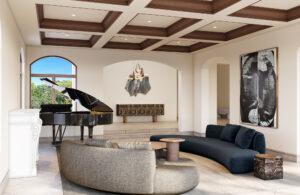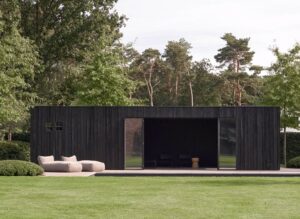There’s something magnetic about brutalist architecture — maybe it’s the raw materiality, the unapologetic forms, or simply the way these buildings command attention. As a studio, we’ve always found ourselves drawn to its honesty and sculptural presence. Brutalism doesn’t try to charm you. It confronts you. And for that reason alone, it’s unforgettable.
Brutalism, which comes from the French term béton brut (raw concrete), emerged after World War II as a bold response to post-war rebuilding. The movement emphasized utilitarian design, massive concrete forms, and a rejection of ornamentation. It has always been a divisive style — loved by some for its integrity, loathed by others for its perceived coldness. But if you’re part of the first group, like we are, here are five cities that offer truly special encounters with brutalist architecture.
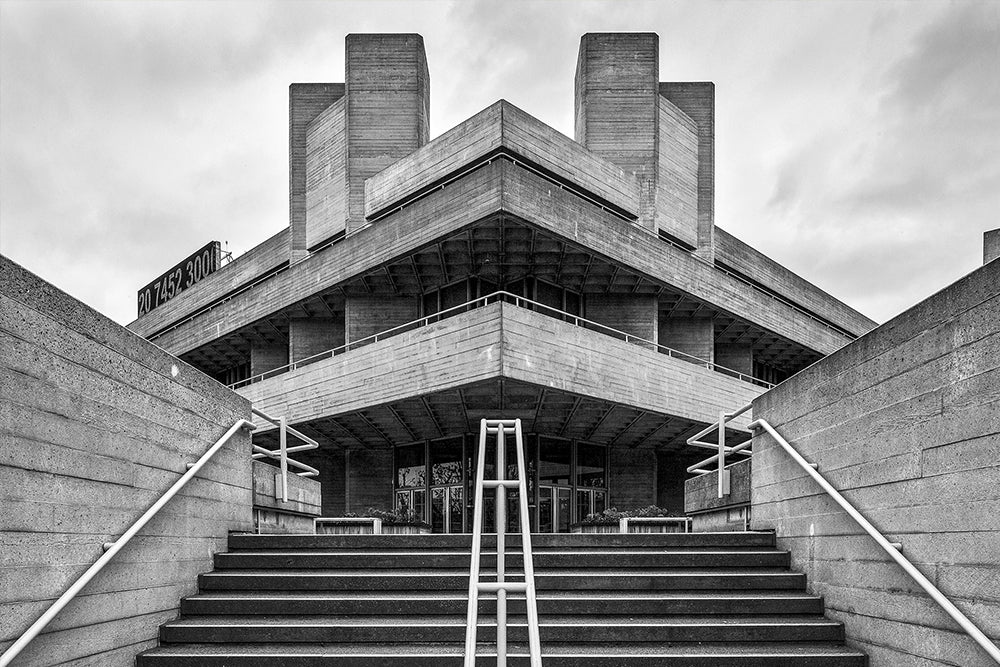
1. London, UK
Where brutalism meets British modernism.
London is often one of the first places that comes to mind when you think of brutalism. Walking through the Barbican Estate feels like entering a sculptural labyrinth — a concrete oasis filled with lush greenery and quiet courtyards. Then there’s the National Theatre, sitting along the Thames like a fortress of culture, and Trellick Tower, a social housing experiment turned icon. London shows that brutalism can be both poetic and practical.
Tip: If you’re in London, try to catch a play at the National Theatre and take in its design up close — the interplay of light and shadow on its concrete surfaces is best seen in the late afternoon.
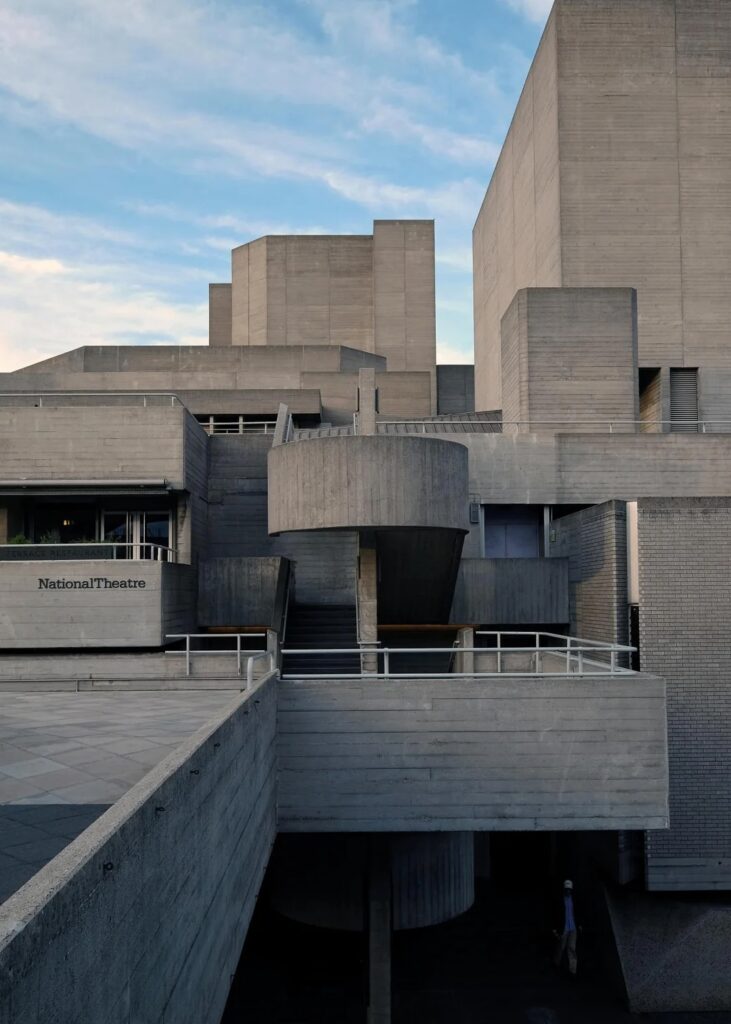
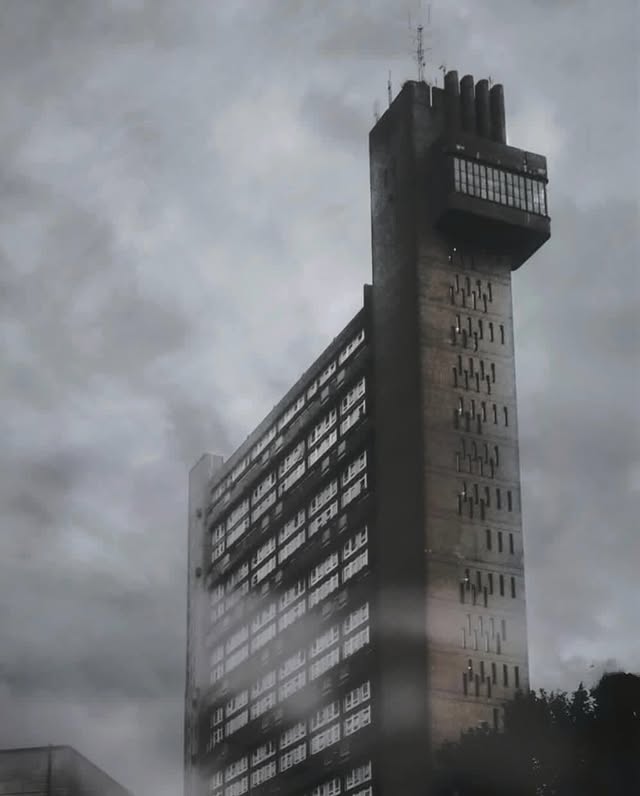
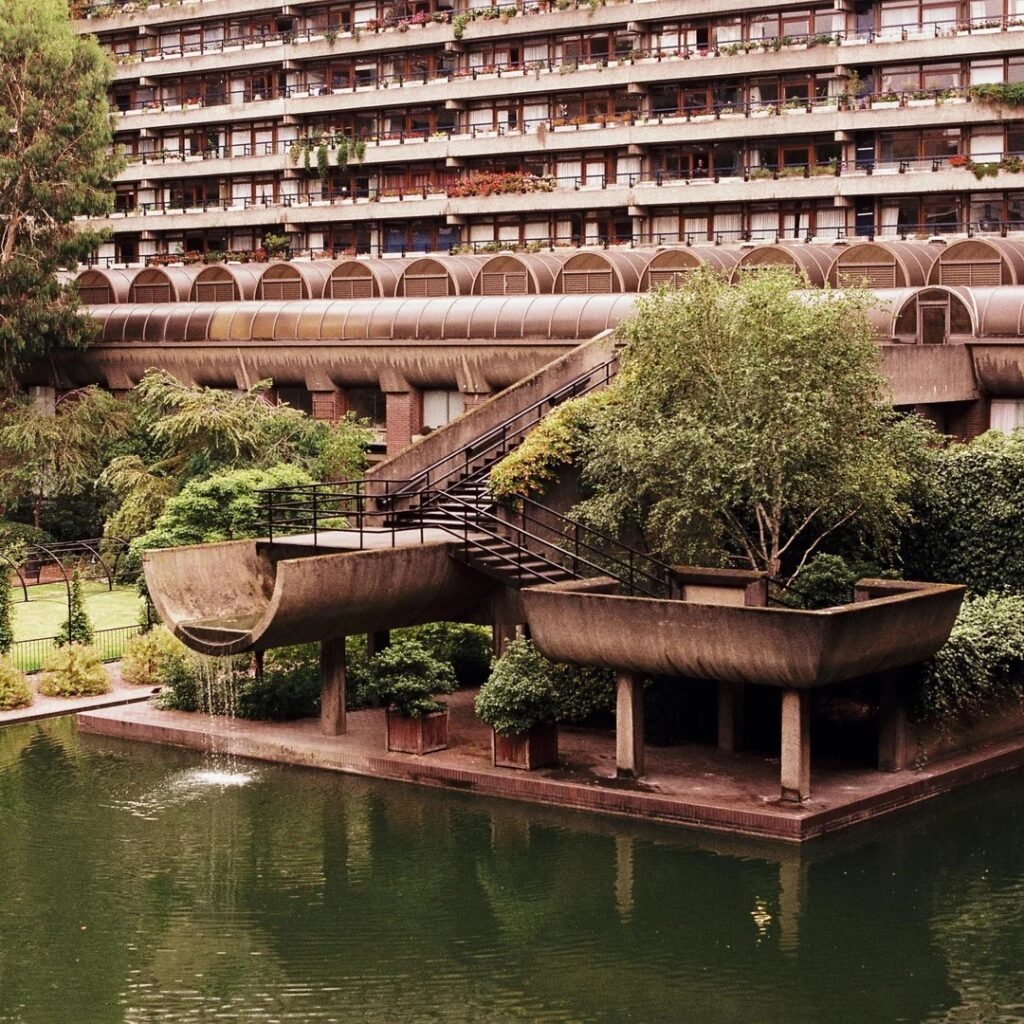
2. São Paulo, Brazil
A tropical interpretation of brutalism.
In São Paulo, brutalism feels more organic — less rigid, more emotional. Lina Bo Bardi’s MASP, with its floating structure and transparent sides, is a daring statement. Paulo Mendes da Rocha brings monumental and striking projects like the FIESP Cultural Center and the MuBE (Museu Brasileiro da Escultura e Ecologia), a place where brutalism merges with contemporary art. São Paulo’s brutalism embraces the local context — rough, raw, yet deeply expressive.
Tip: Don’t skip the interior of MASP. Its use of light and space feels almost sacred, despite the building’s robust exterior.
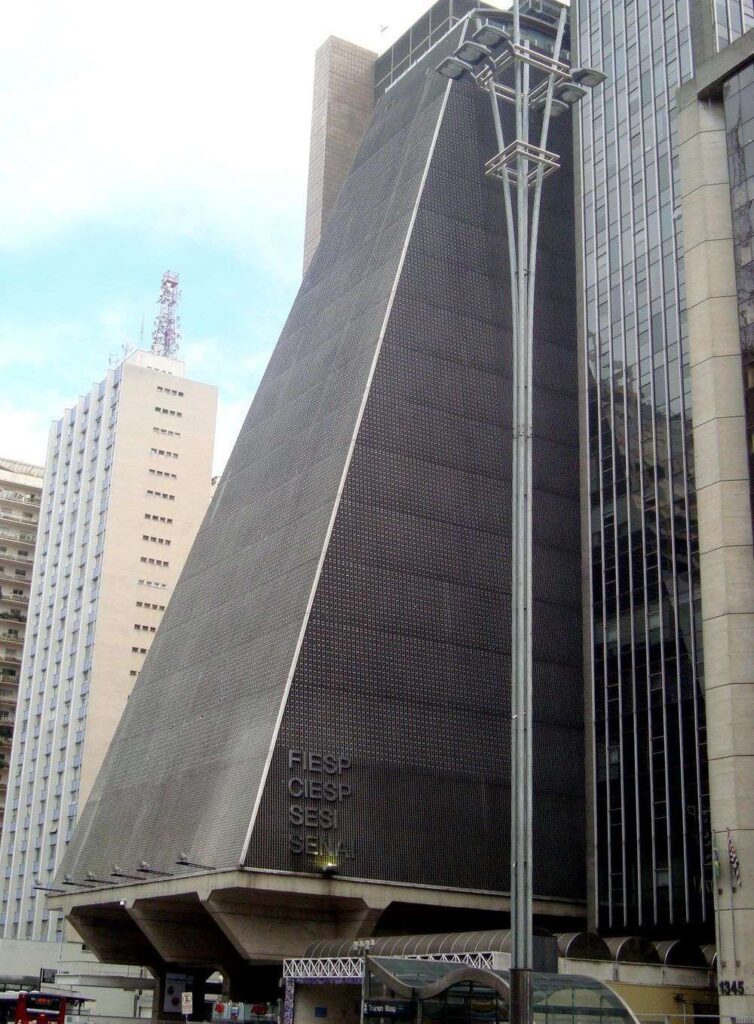
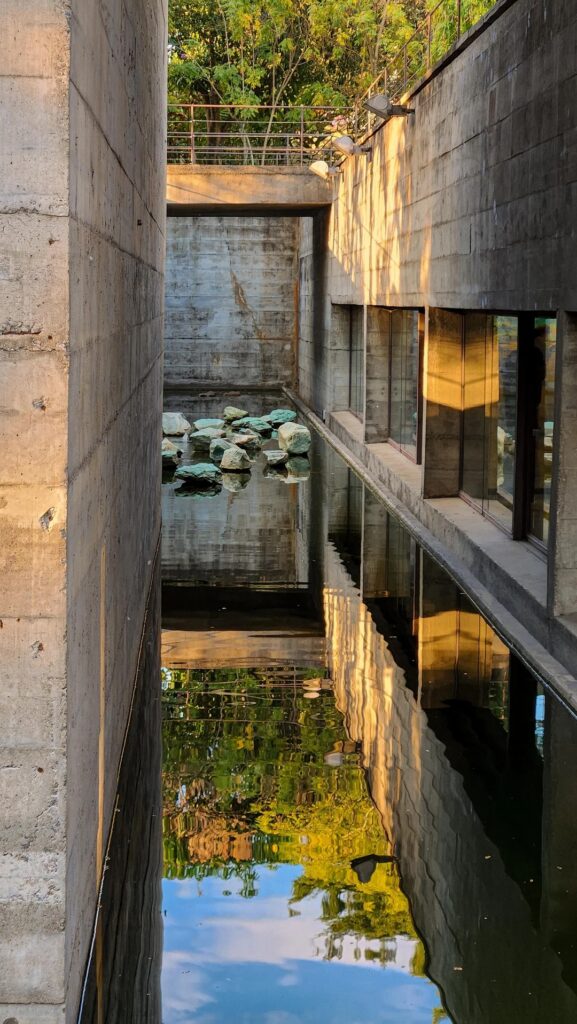
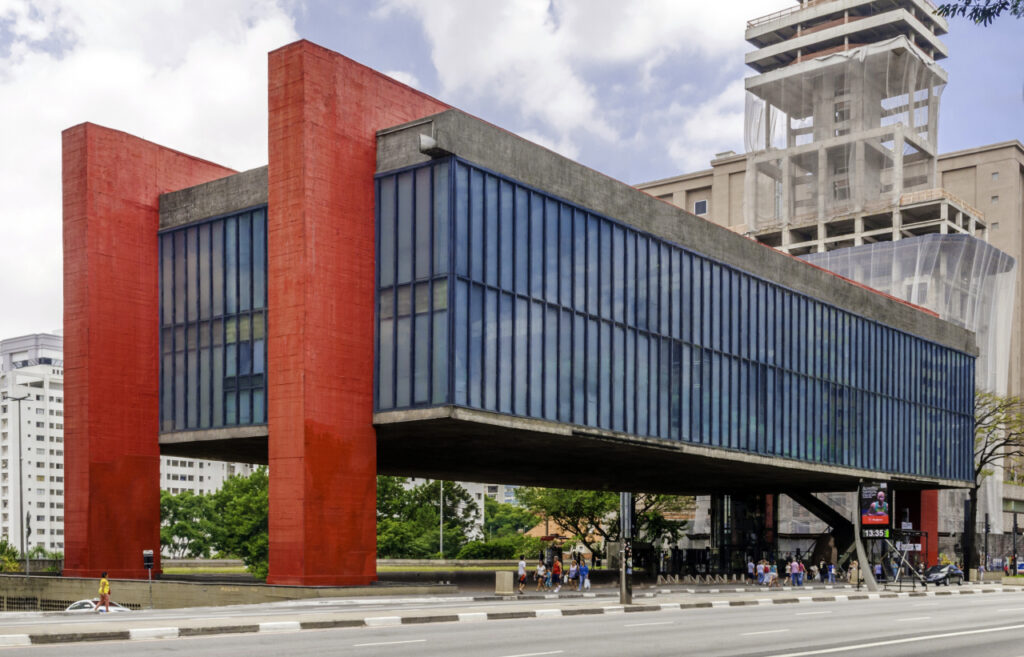
3. Boston, USA
Concrete and civic pride.
Boston’s City Hall is often the centerpiece of any brutalism discussion in the U.S. It’s bold, defiant, and endlessly debated. But beyond that, Boston holds some lesser-known examples like the Government Service Center and the Boston Five Cents Savings Bank. These buildings were part of a post-war modernist vision for civic architecture in the U.S., and walking among them today feels like stepping into a retro-futurist world.
Tip: Visit during autumn when the stark concrete contrasts beautifully with Boston’s colorful foliage.

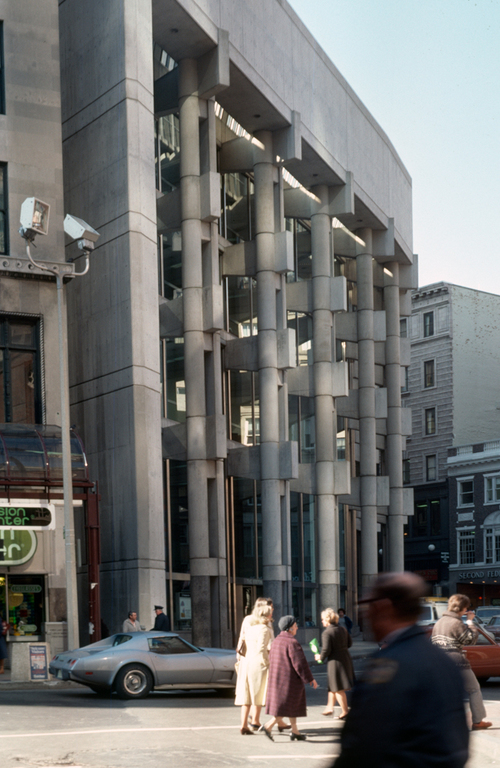
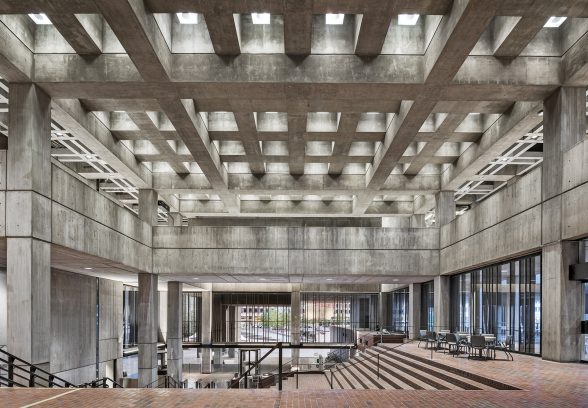
4. Belgrade, Serbia
Post-war brutalism with a poetic edge.
Belgrade is full of dramatic concrete buildings from the Yugoslav era — bold, surreal, and unapologetically massive. One of the most iconic is the Western City Gate (Genex Tower), a symbolic gateway to New Belgrade. Other standout examples include the Museum of Contemporary Art, which contrasts sharp concrete forms with airy glass, and the Sava Center, a sprawling conference hall with monumental scale and raw textures.
Tip: Explore New Belgrade’s wide boulevards and open plazas to get a true sense of the city’s unique brutalist identity.
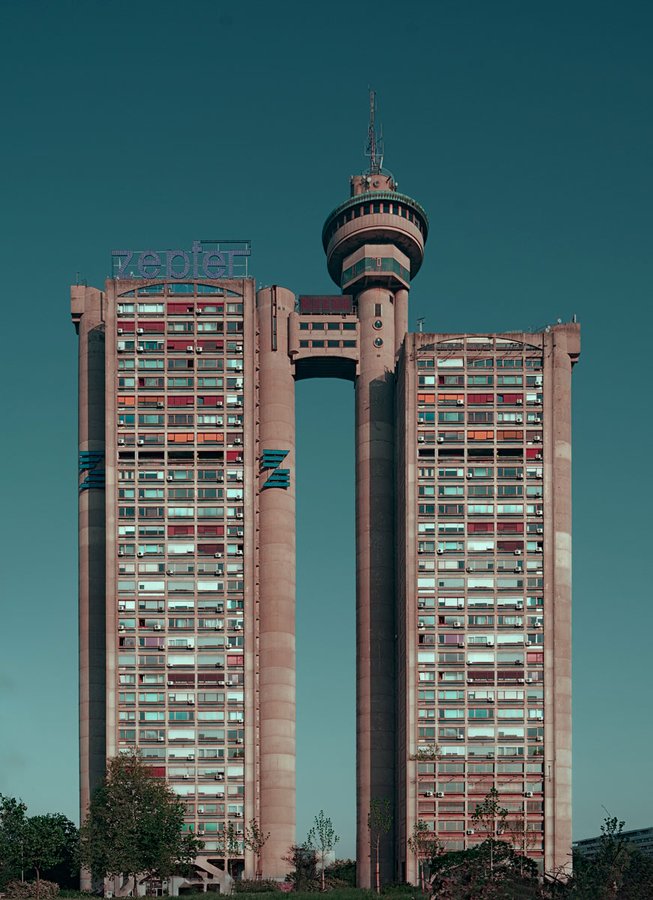
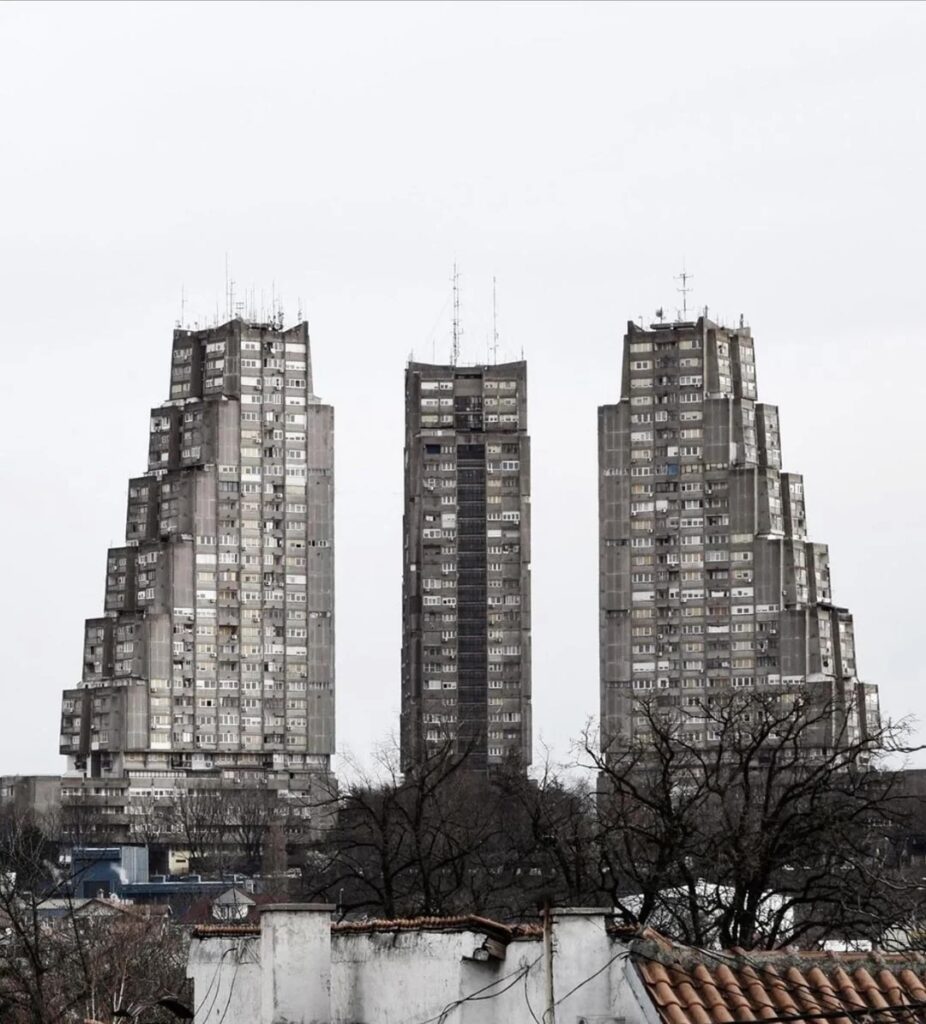
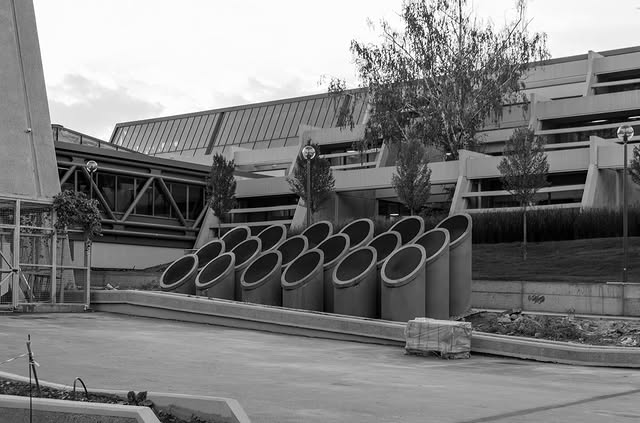
5. Paris, France (and surrounding suburbs)
Brutalism beyond Haussmann.
If you stray from the postcard views of central Paris, you’ll find bold brutalist enclaves in the surrounding suburbs. Les Espaces d’Abraxas in Noisy-le-Grand, with its theatrical symmetry, looks like it belongs in a science fiction film (and it was, in fact, featured in The Hunger Games). Then there’s Les Choux de Créteil, a striking complex of curving concrete shapes that resemble gigantic cabbage heads — a true brutalist landmark. Lastly, Cité Rateau in the heart of the Parisian suburbs stands out with its massive concrete structures that defy conventional architectural form.
Tip: Take the RER outside the city center to explore these architectural gems firsthand. They’re a world away from the Champs-Élysées.
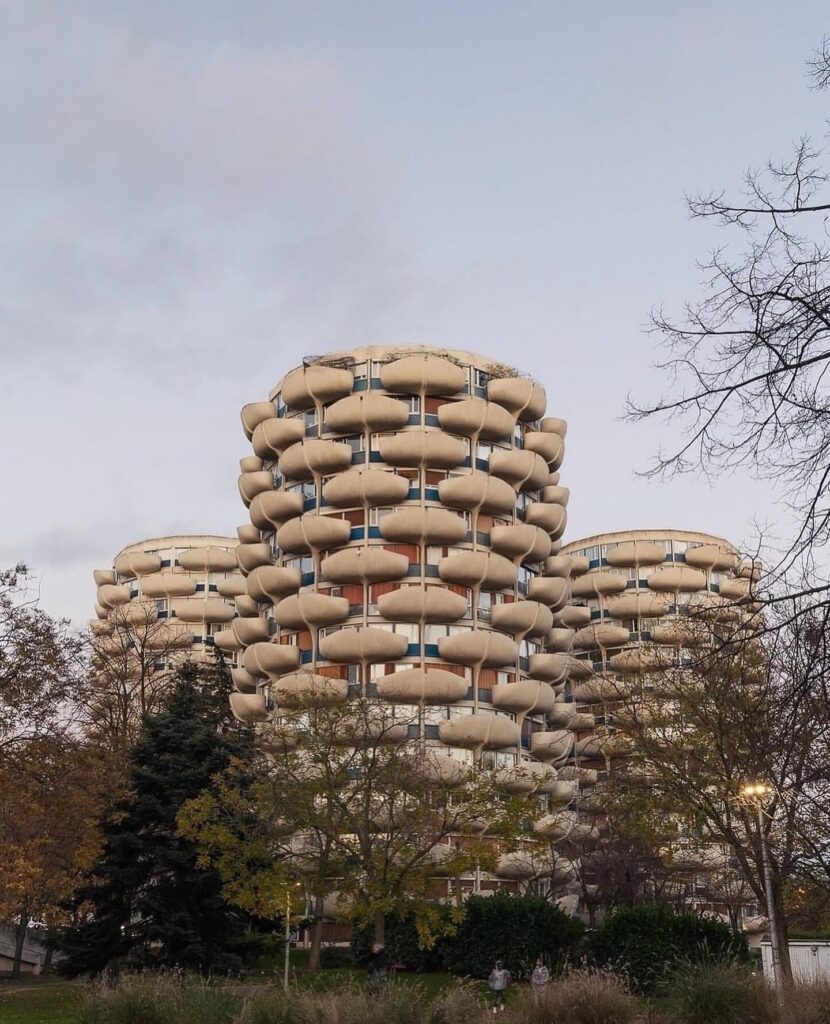
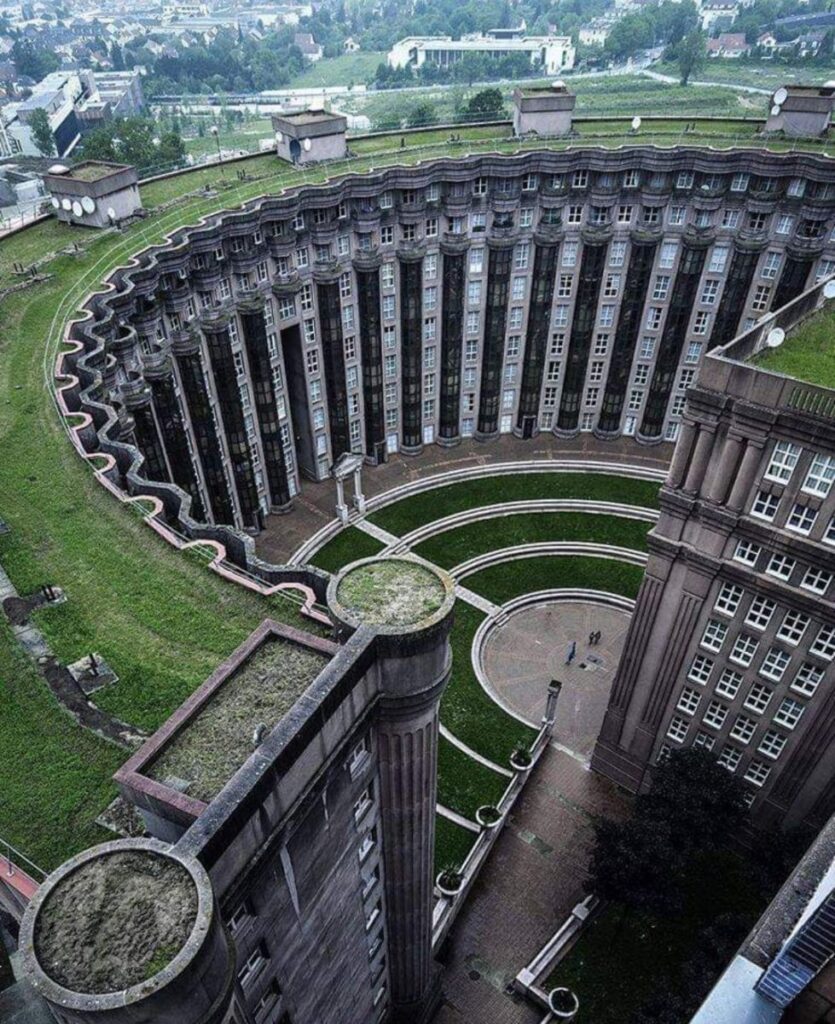
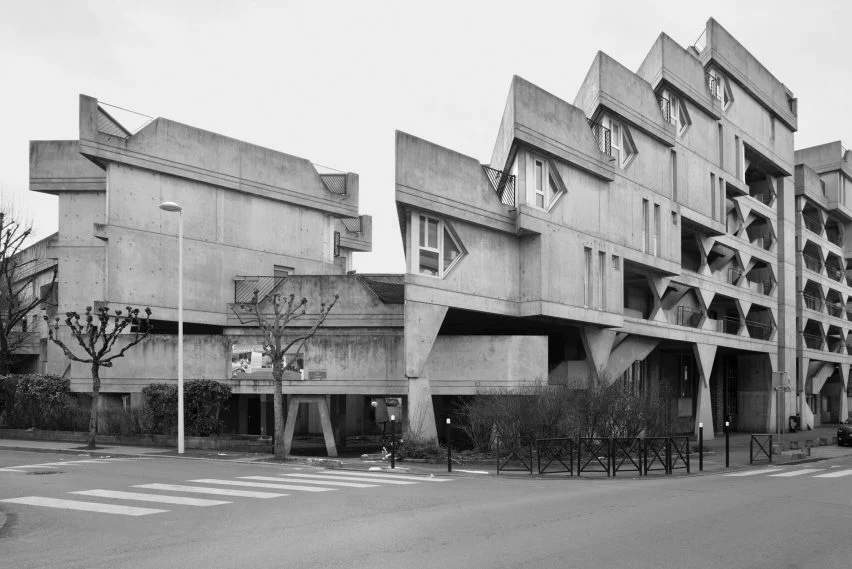
These cities aren’t just destinations — they’re experiences in material, form, and ideology. If you love brutalism, you’ll find in these places not just buildings, but monuments to another way of thinking about architecture: honest, bold, and deeply human.
Discover more design inspiration on our Projects page.


